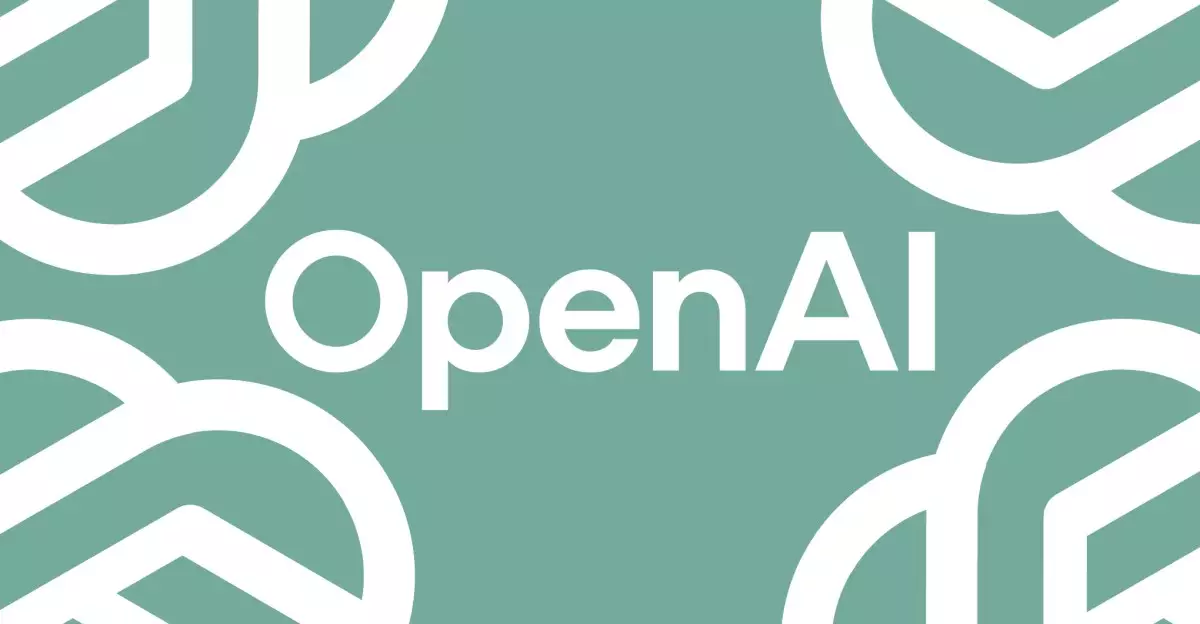OpenAI has recently set the stage for a significant evolution in artificial intelligence with the unveiling of its latest model, GPT-4.1. As the dust settles on the anticipation surrounding the postponed GPT-5 release, this iteration—an advanced version of the GPT-4o multimodal AI—offers exceptional features that could profoundly impact how developers and businesses engage with AI technologies. The enhancements prove not merely evolutionary but revolutionary, especially in its potential applications across diverse industries.
Unprecedented Scale and Affordability
One of the most striking advancements in GPT-4.1 is its ability to handle an extraordinary context window of up to one million tokens. This leap from the previous limitation of 128,000 tokens opens new frontiers for AI usage, enabling intricate dialogue, detailed narratives, and complex projects that require substantial data input. In a landscape where context is king, this ability allows AI to process and understand requests on an entirely different level. This challenge of maintaining context over such vast inputs is particularly daunting, yet OpenAI’s assurances on reliability are promising.
Furthermore, affordability is now a crucial factor in AI development, and GPT-4.1 enters the arena with a commendable 26% decrease in cost compared to its predecessor. This financial consideration cannot be overstated, especially with the emergence of rival models like DeepSeek, signaling a push towards more cost-effective AI solutions. This could democratize access to advanced AI, empowering smaller developers and startups who might previously have found such technologies prohibitive.
Improved Performance Across Dimensions
The focus on quality in instruction-following and coding tasks suggests that GPT-4.1 is not merely a quantitative upgrade, but rather a qualitative improvement. OpenAI claims that the model provides enhanced reliability in identifying relevant information while disregarding distractions—an essential feature for users who depend on AI for accuracy and efficiency. This advancement is particularly relevant in programming and development environments where precision is paramount.
Despite these upgrades, the gradual phasing out of older models like GPT-4 poses challenges. Developers accustomed to older interfaces must adapt, meaning the transition could be rocky. Nevertheless, the overall performance metrics indicate that users should embrace this change with optimism given GPT-4.1’s improved capabilities.
Adapting to a Rapidly Evolving Landscape
OpenAI’s decision to push back the anticipated launch of GPT-5 illustrates a strategic pivot in response to market demands and technological developments. The focus seems to be on refining existing models rather than rushing to release new ones. In a world where AI applications are proliferating, this methodical approach may ultimately prove to be beneficial. As AI continues to evolve at an unprecedented pace, the need for thoughtful advancements that prioritize user experience and performance will become increasingly crucial.
The recent updates, including new image-generation features for GPT-4o, have captured the public’s attention, demonstrating the exciting potential for innovation in AI. OpenAI’s dynamic trajectory reflects an ambition that seeks to integrate cutting-edge technology with user-centric practices. The ongoing journey of AI models like GPT-4.1 may just be the beginning of an intricate dance between innovation, accessibility, and performance that will shape the AI landscape for years to come.

